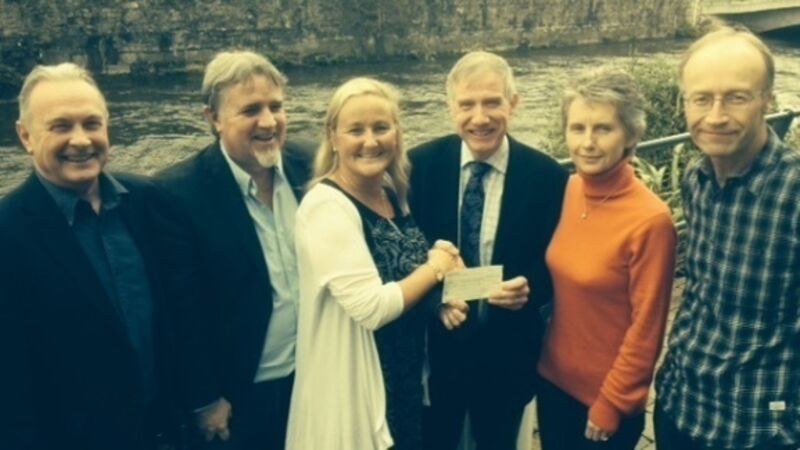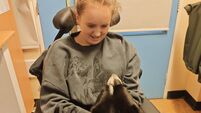€15,000 towards genetic testing at Mercy Hospital Cork

The money was raised by HHT Ireland and will be used to genetically test patients for the disease.
Hereditary Hemorrhagic Telangiectasia is a hereditary condition affecting the blood vessels which goes undiagnosed in 90% of sufferers.
Symptoms include nosebleeds and small, red spots on the hands and face, or in the eyes and mouth.
The charity was set up by Dara Woods from Dublin whose son Paul died from the disorder two years ago. Dara also suffers from HHT, as does her daughter Katie.
Since Paul's death, Dara and her husband David have dedicated themselves to raising awareness of the illness.
Through various fundraising initiatives, they have raised thousands of euros to help fund research in the area which they presented to the Mercy Hospital in Cork at the weekend.
Representatives from the Grace Nolan Foundation have promised a further €5,000 toward genetic testing at the hospital, which has the only HHT Centre of Excellence in Ireland.
This year is a year of action for #HHT. Learn more: http://t.co/bYftj3mJXq pic.twitter.com/zpJsbhLbeL
— Cure HHT (@curehht) January 17, 2014
- HHT is a genetic disorder of the blood vessels.
- Approximately 1.4 million people suffer from HHT worldwide making it uncommon, but not rare.
- The main symptoms are nosebleeds and red spots on the hands or face, in the mouth or eyes.
- If the affected blood vessel is small, it’s called a telangiectasia. Telangiectasias most commonly occur on the face and hands and lining of the nose and mouth. They are the cause of the red dots and the nosebleeds.
- If the affected blood vessel is large, it’s called an arteriovenous malformation or AVM.
- These commonly occur in organs such as the lungs and brain. These can lead to serious complications such as brain haemorrhage and stroke.
- There is no cure.












